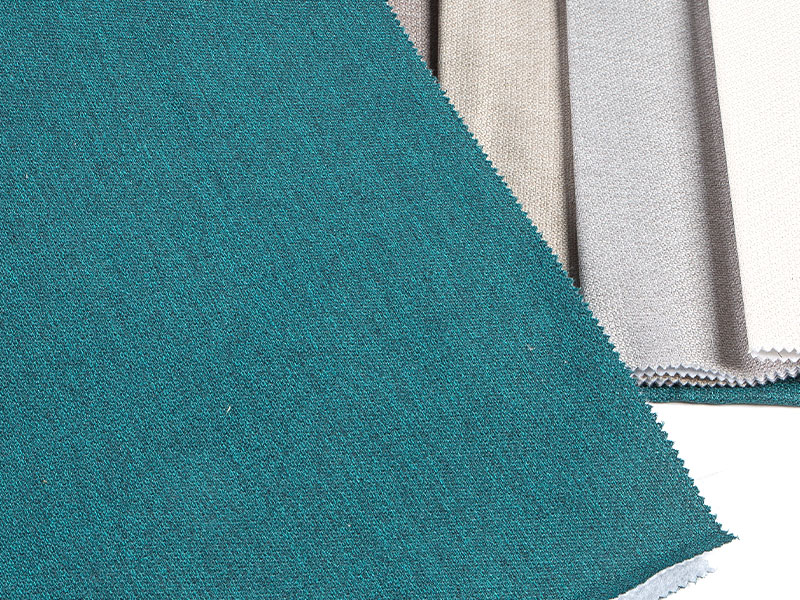Imitation linen fabric, often simply called "faux linen," is a textile designed to mimic the aesthetic and tactile qualities of natural linen without actually containing linen fibers. It's a popular choice in various applications due to its affordability, ease of care, and versatility, offering the desired look of linen with added practical benefits.
Composition and Manufacturing
Unlike genuine linen, which is derived from the flax plant, imitation linen is typically made from synthetic fibers, most commonly polyester. Other synthetic materials, and sometimes even blends with natural fibers like cotton, can also be used to achieve the desired effect.
The manufacturing process involves special weaving and finishing techniques to replicate linen's characteristic slubby texture and slightly crisp hand. Weavers might use irregular yarns or employ specific weaving patterns, such as a plain weave with varying thread counts, to create the subtle imperfections and variations that are hallmarks of natural linen. Chemical treatments or mechanical processes can also be applied to give the fabric a softer feel or a more pronounced "linen-like" drape.
Key Characteristics
Imitation linen shares several visual and textural similarities with its natural counterpart, but also possesses distinct characteristics owing to its synthetic composition:
-
Appearance: It successfully replicates the visual appeal of linen, including its slightly textured surface, subtle sheen, and often a somewhat rustic or natural look. It can be found in a wide range of colors and prints.
-
Drape: While some high-quality imitation linens can achieve a graceful drape, it may not always be as fluid or weighty as genuine linen, depending on the specific synthetic blend.
-
Wrinkle Resistance: One of the most significant advantages of imitation linen, especially polyester-based versions, is its superior wrinkle resistance compared to natural linen, which is prone to creasing. This makes it a lower-maintenance option.
-
Durability: Synthetic fibers are generally very durable, making imitation linen resistant to stretching, shrinking, and abrasion.
-
Colorfastness: Synthetic fabrics typically exhibit excellent colorfastness, meaning they are less likely to fade when exposed to light or during washing.
-
Care: Imitation linen is generally much easier to care for than natural linen. It's often machine washable and may require little to no ironing.
-
Cost: Faux linen is significantly more affordable than genuine linen, making it an accessible option for a broader range of consumers and applications.
-
Breathability: While advancements have been made, synthetic imitation linen may not offer the same level of breathability as natural linen, which is known for its excellent air circulation and moisture-wicking properties.

Common Applications
The versatility and practical advantages of imitation linen make it suitable for a variety of uses:
-
Apparel: Used for blouses, dresses, trousers, and jackets, offering a smart yet comfortable look with less creasing than real linen.
-
Home Furnishings: A popular choice for curtains, drapes, upholstery, cushion covers, and tablecloths due to its durability, ease of cleaning, and ability to mimic a sophisticated aesthetic.
-
Crafts and DIY Projects: Its affordability and workability make it ideal for various creative projects.
Imitation vs. Genuine Linen: Making an Informed Choice
While imitation linen offers compelling benefits, it's important to understand the differences when making a choice:


 Language
Language  English
English 中文简体
中文简体 عربى
عربى





















